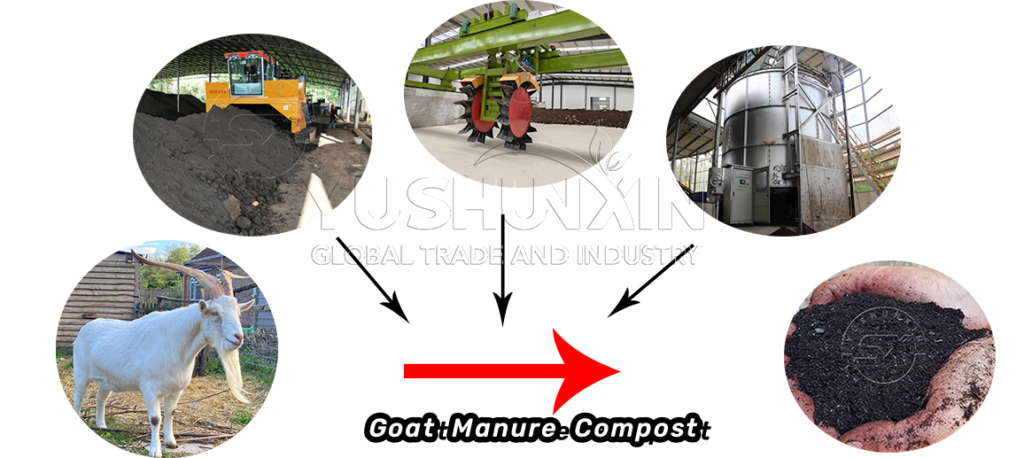Using a groove type composter to dispose of chicken manure is an effective and environmentally-friendly way to manage poultry waste. Here are some steps and tips on how to use this type of composter for chicken manure disposal.
Understanding Groove Type Composter
A groove type composting machine is a large-scale composting system that is designed to handle a high volume of organic waste. It consists of a series of parallel grooves or channels, each equipped with a composting turner that mixes and aerates the material. This type of composter is ideal for poultry farms, as it can accommodate the large amount of manure produced by chickens.
Preparing the Chicken Manure for Composting
Before you begin composting, it’s important to prepare the chicken manure. Remove any bedding material, such as straw or wood shavings, as these can slow down the composting process. You may also want to mix the manure with other organic materials, such as vegetable scraps or yard waste, to create a more balanced compost.
Loading the Composter
Once the manure is prepared, it’s time to load it into the composter. Use a front-end loader or a conveyor belt to transfer the manure into the grooves. Make sure to evenly distribute the manure across the length of the groove to ensure proper aeration and composting.
Turning and Aerating the Compost
The key to successful composting is regular turning and aeration. Use the composting turner to mix the manure and introduce oxygen into the compost pile. This will help to speed up the decomposition process and prevent odors. It’s recommended to turn the compost at least once a week, or more frequently if you are composting a large amount of manure.
Maintaining the Compost
As the composting process progresses, it’s important to monitor the temperature and moisture levels of the compost pile. The temperature should be between 130-150°F for optimal composting. If the compost pile is too dry, add water to maintain the proper moisture level. If it’s too wet, add more dry organic material to absorb excess moisture.
Harvesting the Compost
Once the compost has fully decomposed, it’s time to harvest it. Use a front-end loader or a conveyor belt to remove the finished compost from the grooves. The compost can then be used as a natural fertilizer for crops or gardens, or it can be sold as a soil amendment.
In conclusion, using a groove type composter is an efficient way to dispose of chicken manure. By following these steps and tips, you can create high-quality compost while reducing the environmental impact of poultry waste.



